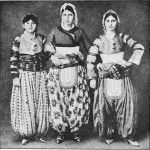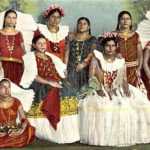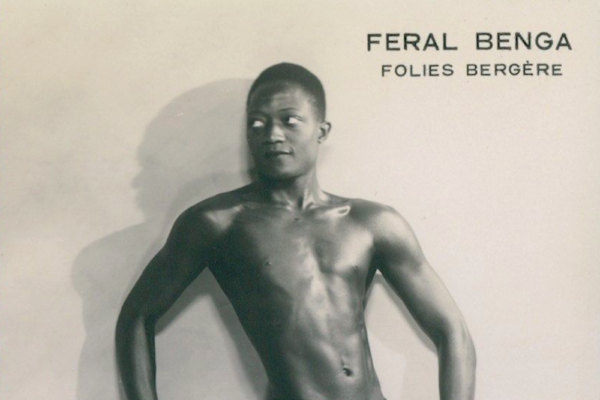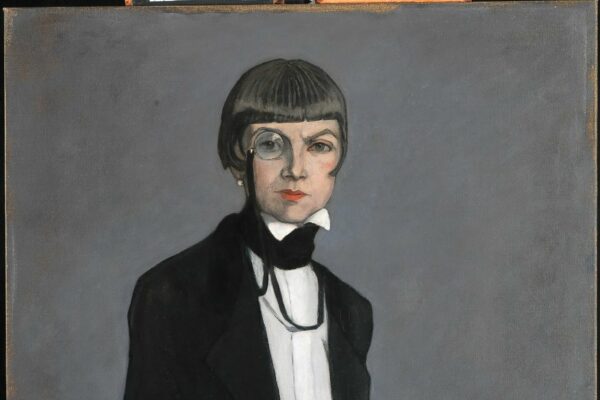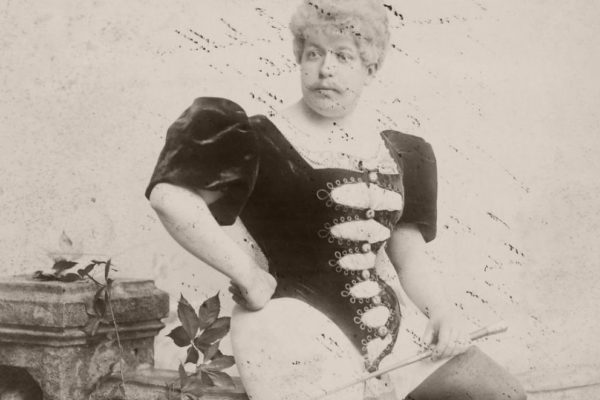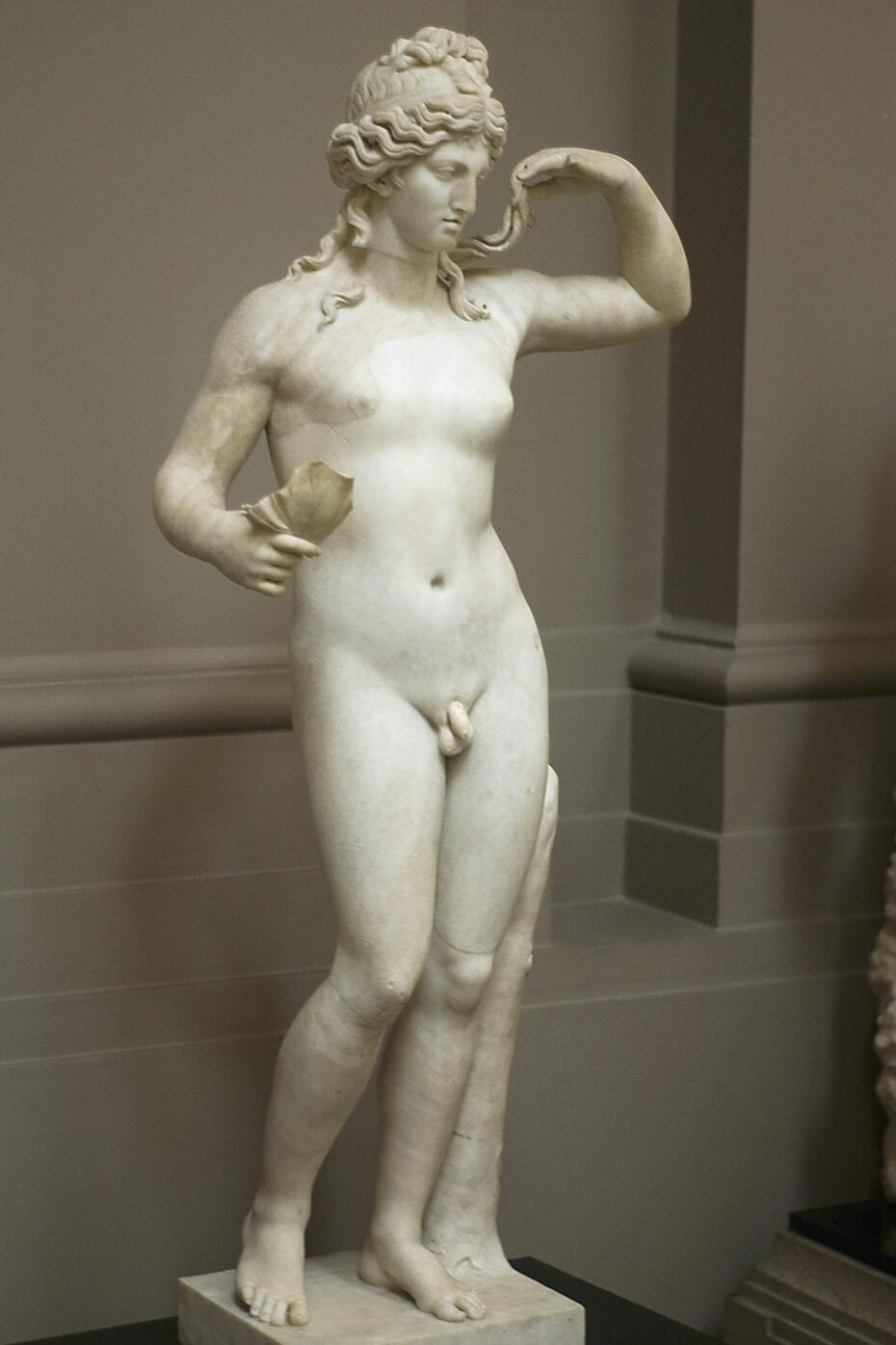
Expanding the concept of gender is a big conversation in western culture today. It can be viewed as a revolutionary act of freedom, or, on the other end of the spectrum, something to be feared and discredited. But the world is wide and history has its surprises – in the 1920s, pottery shards from Ancient Egypt were discovered near Luxor, inscribed with a listing of three genders of humanity. What if we zoom out from the heated core of the gender binary debate – how many modern and ancient civilisations would we find whose cultures and languages supported a broader definition of gender identity? The answer may surprise you…
Diné nation
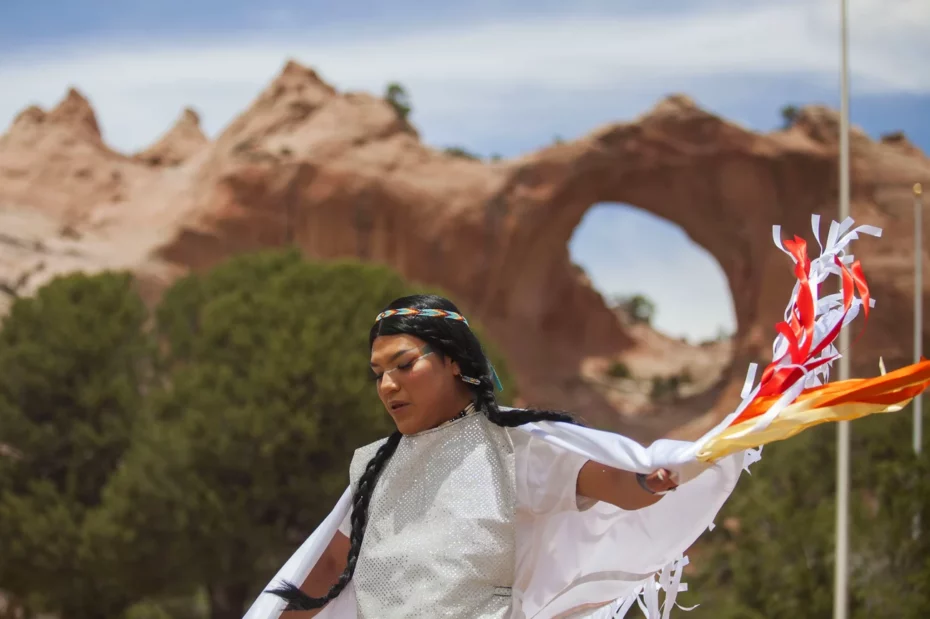
Amongst some of the Diné nation, also referred to as the Navajo of the southwestern United States, there is a traditional understanding of a gender spectrum which encompasses more than man or woman. Nádleehí is the concept that within each person is a mixed relationship of the masculine and the feminine. Some Diné people hold that the four genders are feminine woman, masculine woman, masculine man, and feminine man. A person who was nádleehí moved between these genders. In the past, nádleehí were respected, and even seen as gifted. Today, many two-spirit people face descrimination withi their nation. For example, the Diné nation does not permit same sex marriages, so couples must go outside the reservation to the state government in order to get a marriage license.
The Public Universal Friend (a Non-Binary American Evangelist)
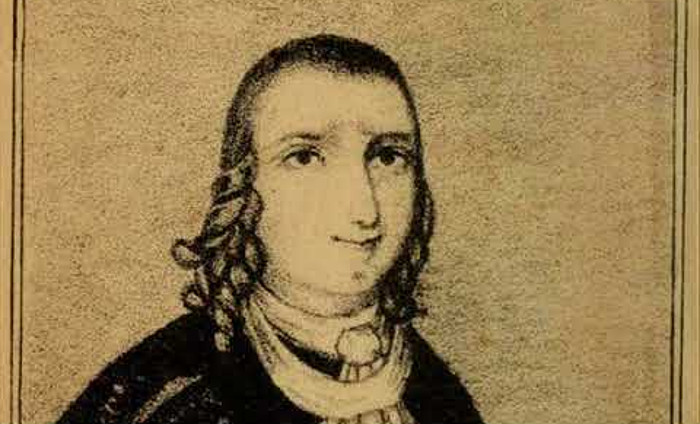
In the mid 18th century, Jemima Wilkinson, born into a Quaker family, barely survived a brush with death after some kind of serious illness (probably typhus). In fact, Jemima stated that she had died, and then was brought back to life. After this reanimation, Jemima believed that they had become a genderless evangelist, and named themself a “Public Universal Friend“. (“Friend” is a term that Quakers use to refer to themselves, and to other Quakers).
The Friend shed their birth name and decided to preach. They wore clothing from both men and women- vests, neckties, and skirts. The Friend moved all around the northeastern part of the United States, gathering followers, who called themselves the Society of Universal Friends. The Friend was eschewed by the mainstream Quakers, and along with their followers, became outsiders. They faced opposition from many because of their choice to remain genderless and followers were also shunned from mainstream Quaker society that led to the founding of their own town in western New York state.
The Friend died in 1816, and since then has been portrayed in many lights: as a wise religious leader, a pioneer for women’s rights, a religious extremist, a despot mad with power, a women who refused to admit to being a woman, and simply, “a person of interest”.
The Sworn Virgins of Albania
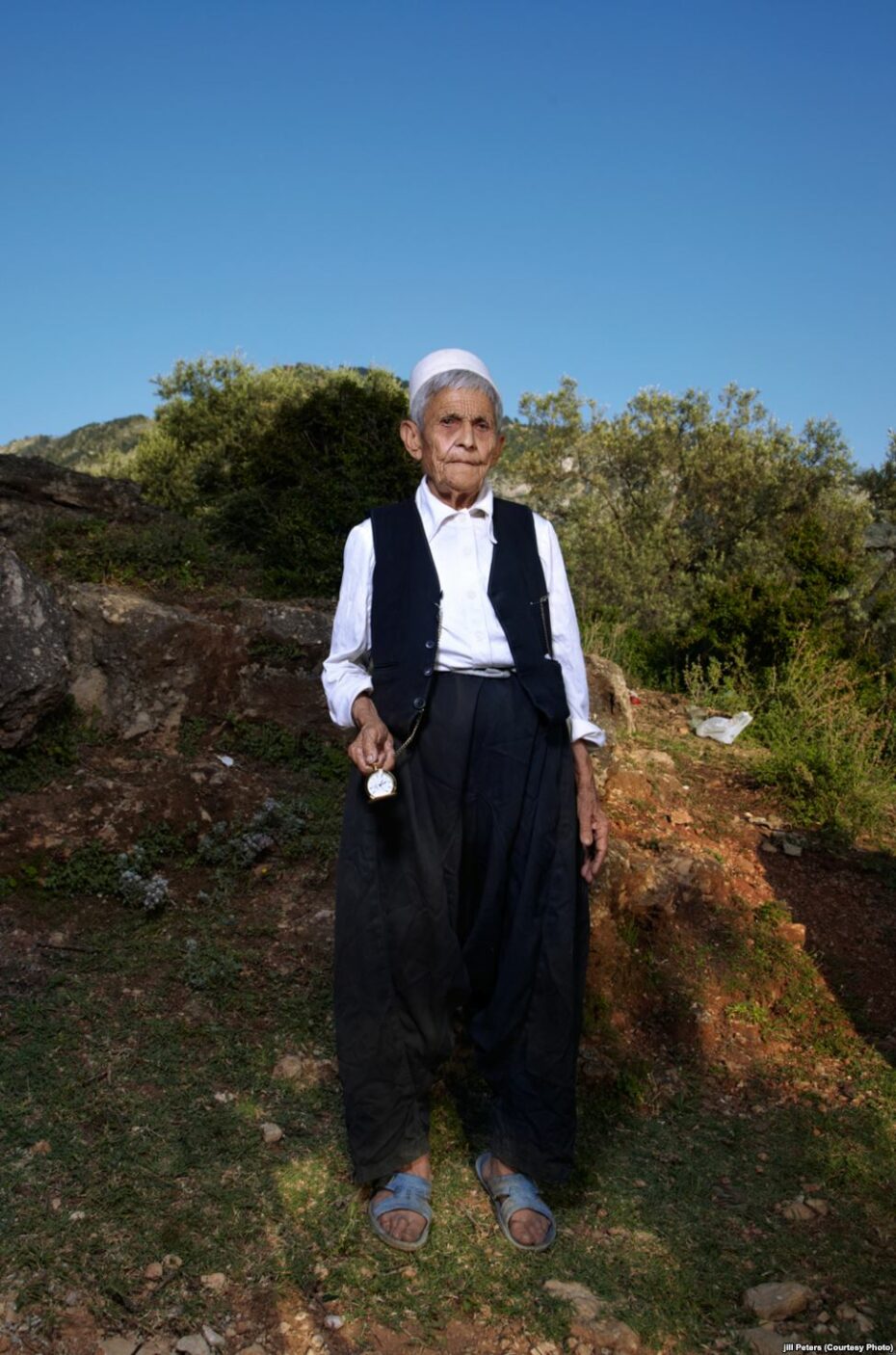
Over to Albania to discover a dying tradition called ‘Sworn Virgins”, or burnesha in the native tongue. Burnesha are people born biologically female, but who live and behave as men. These individuals swear a solemn and life-long oath of celibacy, and begin their life as men. This means that they often cut their hair, wear only men’s clothing, shoot guns, swear, own property, and vote, to name a few things.
Sworn virgins date back hundreds of year in Albania. For a long time the laws there forbid women from many of the rights granted to men. Even wearing a watch was out of bounds. This meant that when the patriarch of the family died (or was killed on a blood-feud, which was unfortunately common), the family could lose all of their wealth and possessions. Young women and girls could make the switch and the sacrifice and assume the male role for their families. There was no going back, however, once they had made their vow.
Back in 2013, we spoke with Jill Peters, a photographer who went looking for the last sworn virgins of Albania, to ask some questions and satiate our curiosity. Asked if they were happy with the choice they made, she reported, “The surprising part of this is that they don’t seem to have any regrets. Given the era in which they lived and the circumstances that led to their decision, all of them said they would do the same again. They would not recommend it in this day and age because the sacrifice is too great, and the reasons for choosing to live that way are now obsolete.”
For surely, the tradition is dying out. In 2013, Jill told us that the youngest burnesha was 42. In fact, Jill told us that many Albanians today weren’t even aware of the practice of sworn virgins. “The tradition, which dates back hundreds of years, exists because women at one time had no other option. I see the fact that it is dying out as positive proof that the country has come a long way in terms of women’s rights in the past 50 years,” finishes Jill.
The Zapotec peoples of Mexico
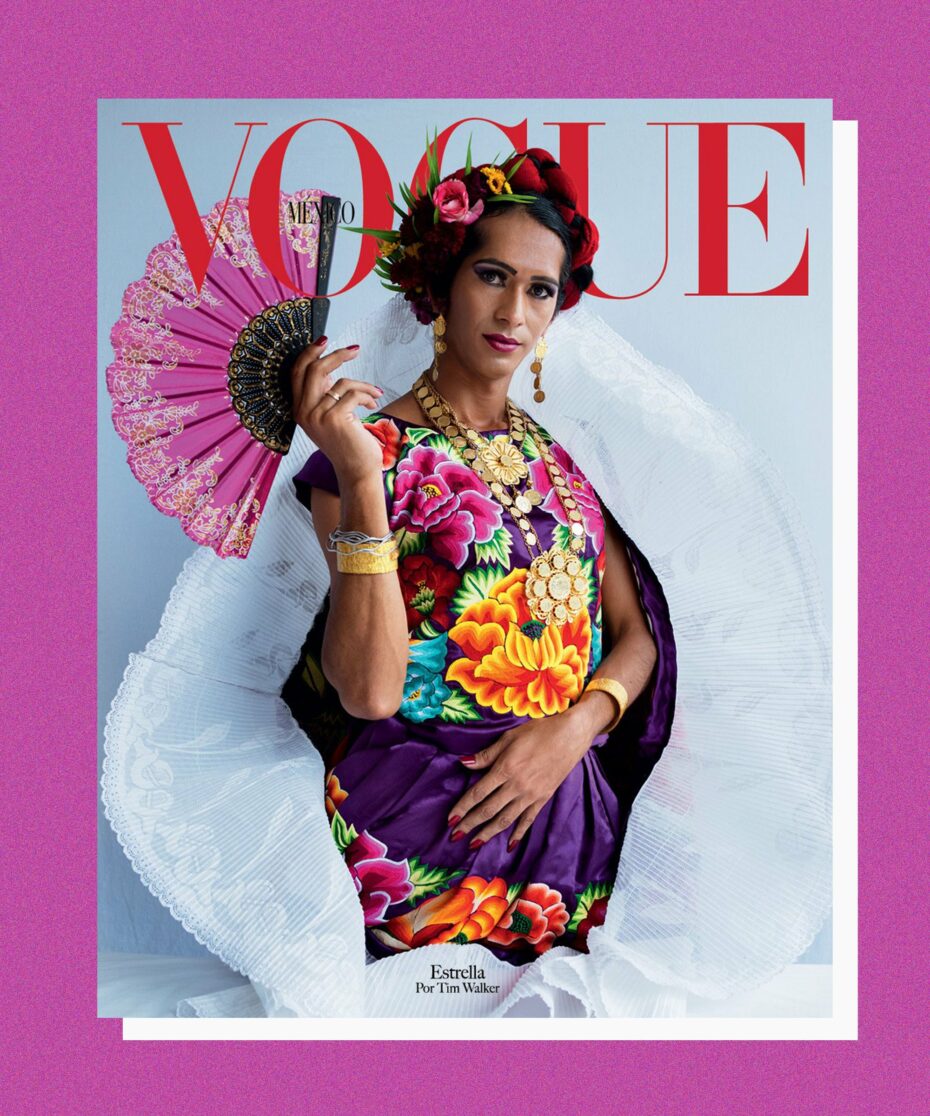
The Zapotecs are fascinating and inspirational for many reasons; their tradition of making fabulously complex and beautiful embroidery, their matrilineal social structure that sees the Tehuana women rule the roost. But from earliest pre-Hispanic times to the present day in Oaxaca, the Zapotec have also acknowledged and tolerated three genders: female, male and muxe, a term unique to the Zapotec to describe a person who was born a man but who dresses and behaves in ways otherwise associated with women. Traditionally considered good luck, muxes are not referred to as “homosexuals” but rather seen as a third separate gender, without the same pressures to “pass” often faced by transgender people in Western societies. They may dress as women, or maintain romantic relationships with men. They may also marry women and raise families, in addition to cultivate characteristics or activities often associated with women. Anthropologist Beverly Chiñas explains that in the Zapotec culture, “the idea of choosing gender or of sexual orientation is as ludicrous as suggesting that one can choose one’s skin color.” In the past, Zapotec women made good money selling their gorgeous embroidery and clothing, thus becoming a financial backbone for their families, and creating a stronger gender equality. Stronger gender equality meant that these communities were accepting of muxes. Today, people who fall outside of the gender binary face much more discrimination as western ideals take hold more and more. Learn about the complexities of muxes here.
Hijra of India

In India, third genders are officially recognised. This category, according to a supreme court ruling in 2014, includes transgender people, eunuchs, and intersex people in law. This also includes a category of people called hijra or kinnar; people who are born biologically male, but who feel themselves to be neither male nor female. They typically act and dress in feminine ways, and leave home to live in communities with other hijra. Often these individuals are called transgender, intersex, or eunuchs. Some kinnar do undergo castration as an offering to a Hindu goddess named Bahuchara Mata, but this is not a requirement of the community, and not all people choose this. Those who join the hijra society are often initiated by a guru, and are expected to learn the rituals and rites that are historically their duty. In the past, people have sought the blessing from a hijra at their marriage, or the birth of their children, and feared that if they made a hijra angry, they could be cursed.
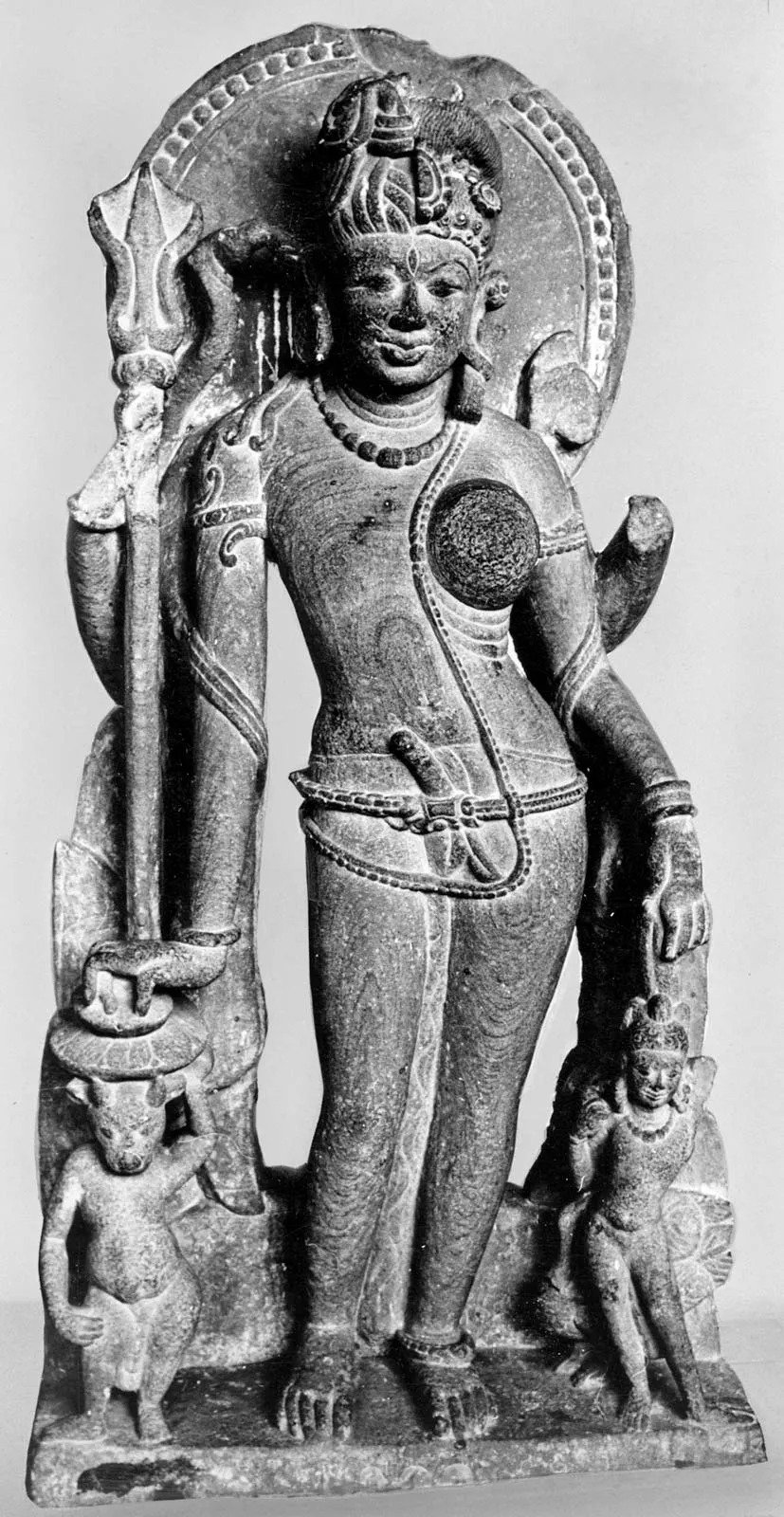
The existence of kinnar in society goes back to antiquity, however, it is important to note that although third gender is recognized by law, and even though hijra have been well documented throughout time, they have not escaped prosecution. When British colonialism took over India, the hijras were one of its victims. The British spent two centuries defaming and denouncing third genders, and that stigma still exists today. Hijras often live in poverty on the margins of society, without access to healthcare, education, and good jobs.
The 2014 supreme court ruling to include third genders in the law is a step in the right direction. The Harvard religious studies website, which rights about kinnar, say this, “While progress has been slow, in 2015 the first hijra mayor in India was elected in the city of Raigarh, and in 2017 the city of Kochi hired 23 hijra to work for their public transit system.” Many hijra continue to do their important community work while living in poverty and working towards a better future.
Faʻafafine and Fa’afatama of Polynesia
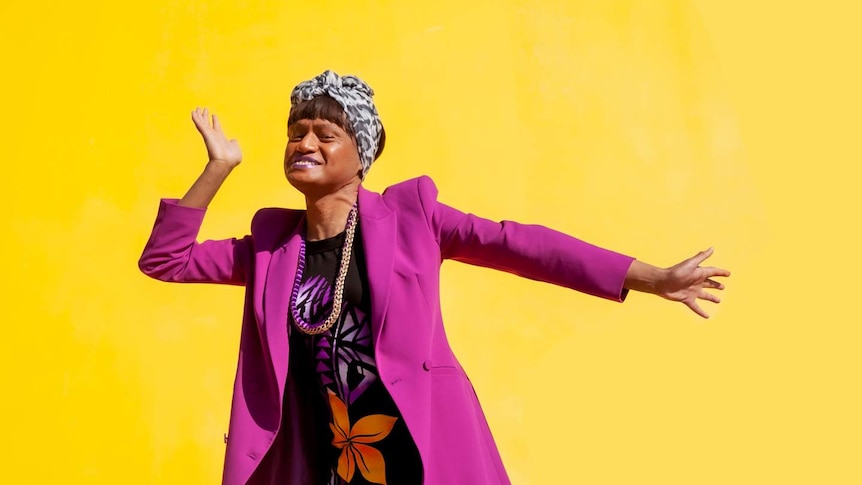
On the island of Somoa, a history of respecting a wider gender spectrum has been embraced. In addition to the binary man and woman, another gender identity is recognized for people who were assigned to a gender at birth, but who choose to live as the other gender. For those born male, they become fa’afafine, and for those born female, they are fa’afatama. Some consider themselves to be transgender, and some do not.
Samoa is not alone in this either; in fact, this part of the world has a number of third genders. For an interesting rabbit hole to dive down, you can also check out Fiji (vaka sa lewa lewa), Niue (fakafifine), Kiribati and Tuvalu (pinapinaaine), the Cook Islands (akava’ine) and New Zealand (whakawāhine).
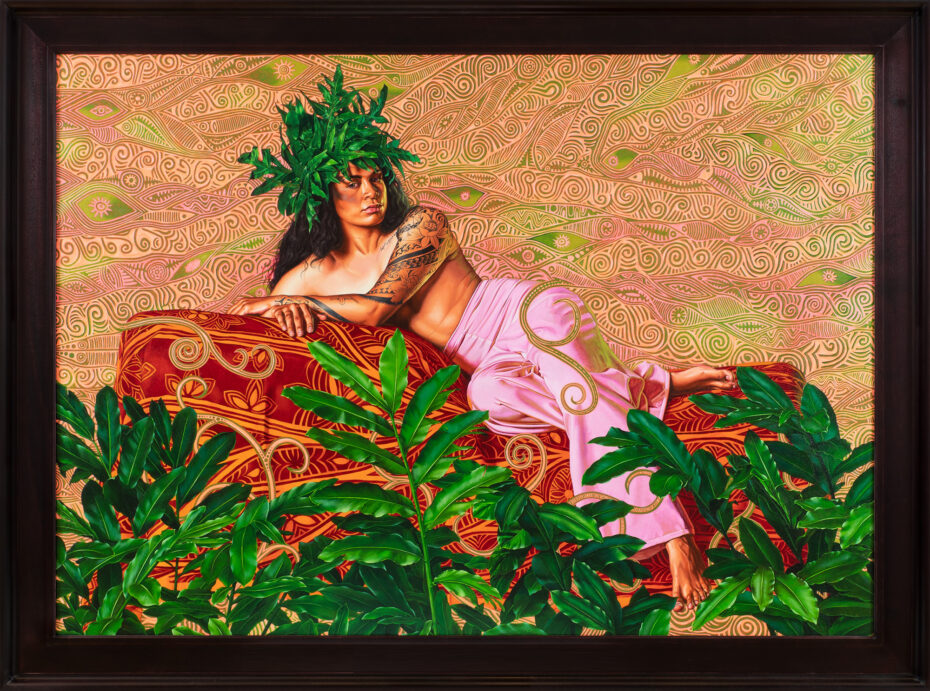
Colonialsm also brought intolerance in the form of Western religion, which often has ideologies at odds with traditional Samoan beliefs and ways of life. Today, although much of the Samoan population live harmoniously with fa’afafine and fa’afataman, while pockets of Catholic communities reject them.
The Samoa Fa’afafine Association (SFA) was founded in 2006, and works to blend together Samoan and western values in a harmonious way, and also to promote rights and inclusivity for fa’afafine. Same sex marriage is not legal in Samoa yet, and is one of many laws the nation inherited from British and New Zealand colonial legislation. It is important to note here that sexual orientation and gender identity are not the same thing. While some fa’afafine and fa’afataman prefer same sex relationships, this is not what makes them fa’afafine and fa’afataman. It is also crucial to note that exploring third genders in other cultures can be skewed depending on the lens it is being seen through. Keyonce Lee Hang is a Samoan fa’afafine who was interviewed by Reuters.com. She was careful to note that, “Western society tries to fit us [in] a box, to put us under gay, under trans and queer … but I think fa’afafine is our cultural identity – it defines us,”.
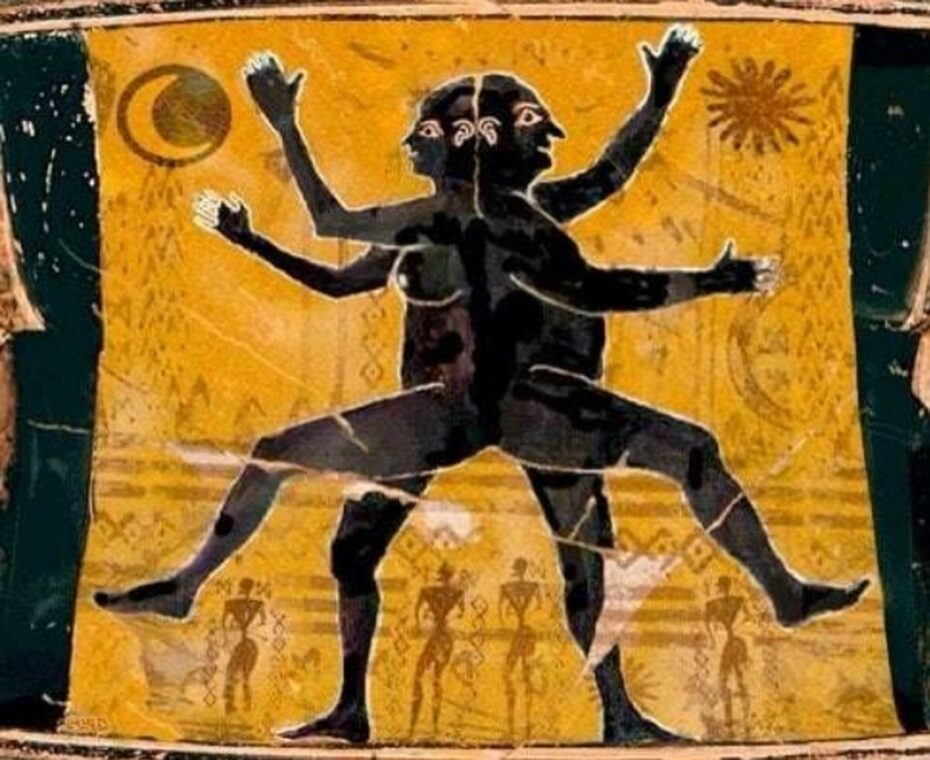
The existence of third (or more) genders is scattered across civilisations as far back as records go. This is just a handful of examples of a broader gender spectrum in the world – the study of third genders in the ancient world alone (Egypt, Mesopotamia, Greece, Arabia, Italy, Edo-era Japan, the list goes on) is vast. People have been living their lives in a wider gender spectrum for centuries, not as a subversive act, but as important and accepted members of their societies. The best we can do for ourselves and our fellow humans is to continue learning about one another with open minds; being both educated and kind will ultimately speak louder than our pronouns.


